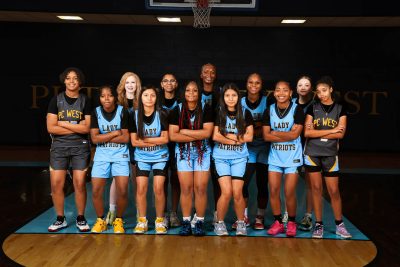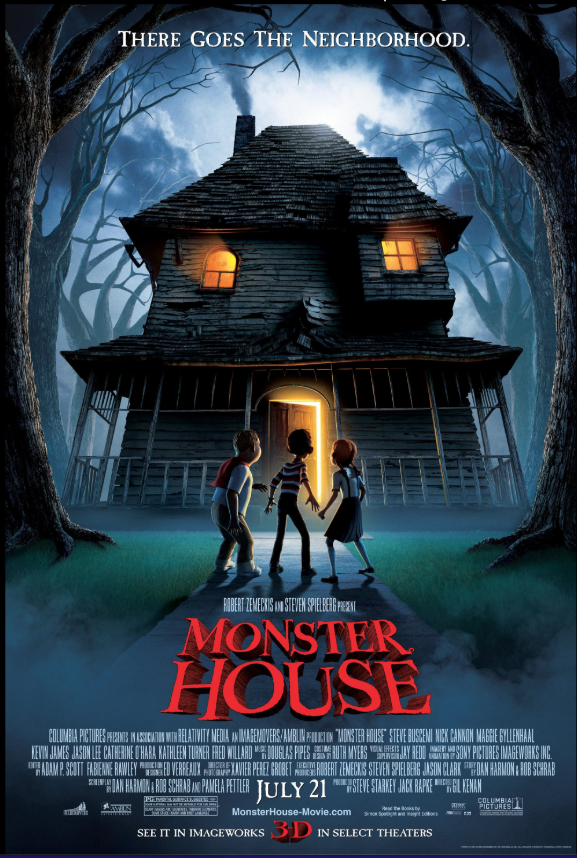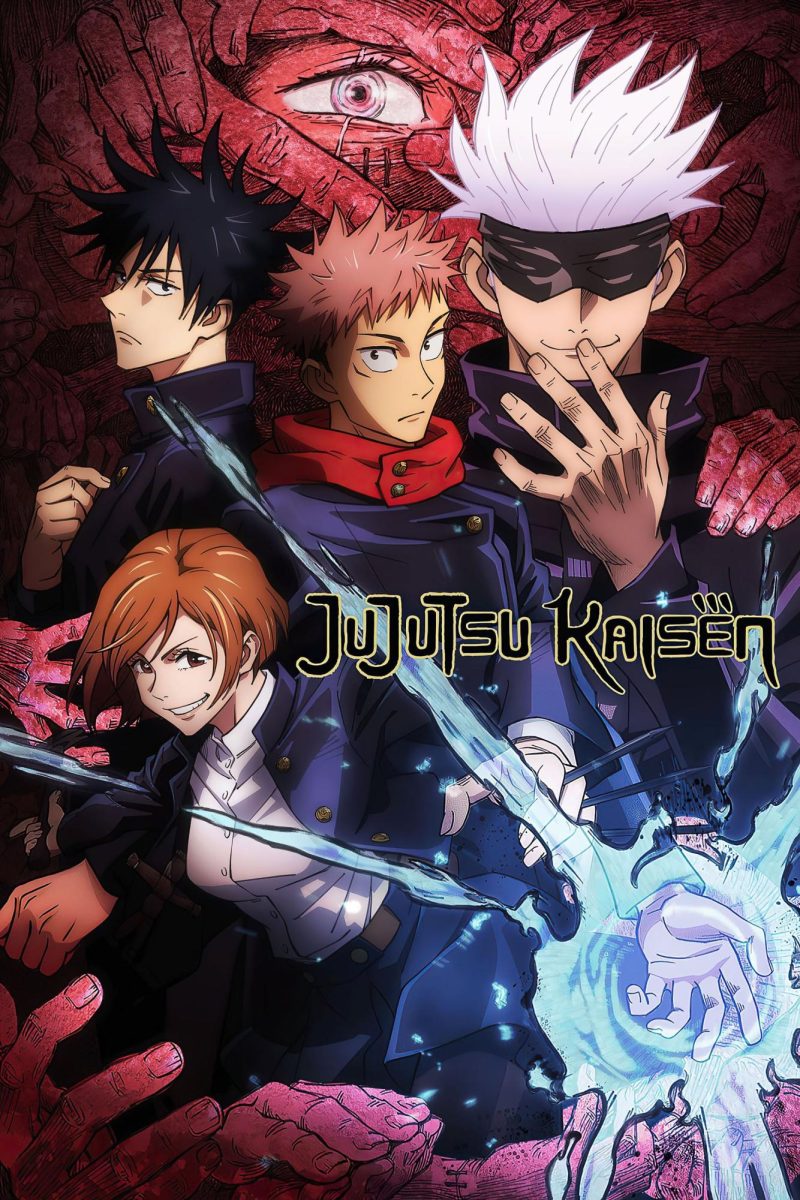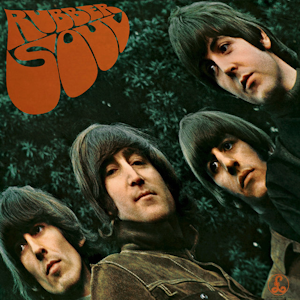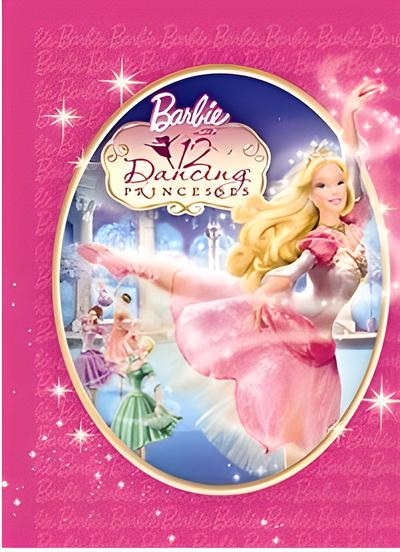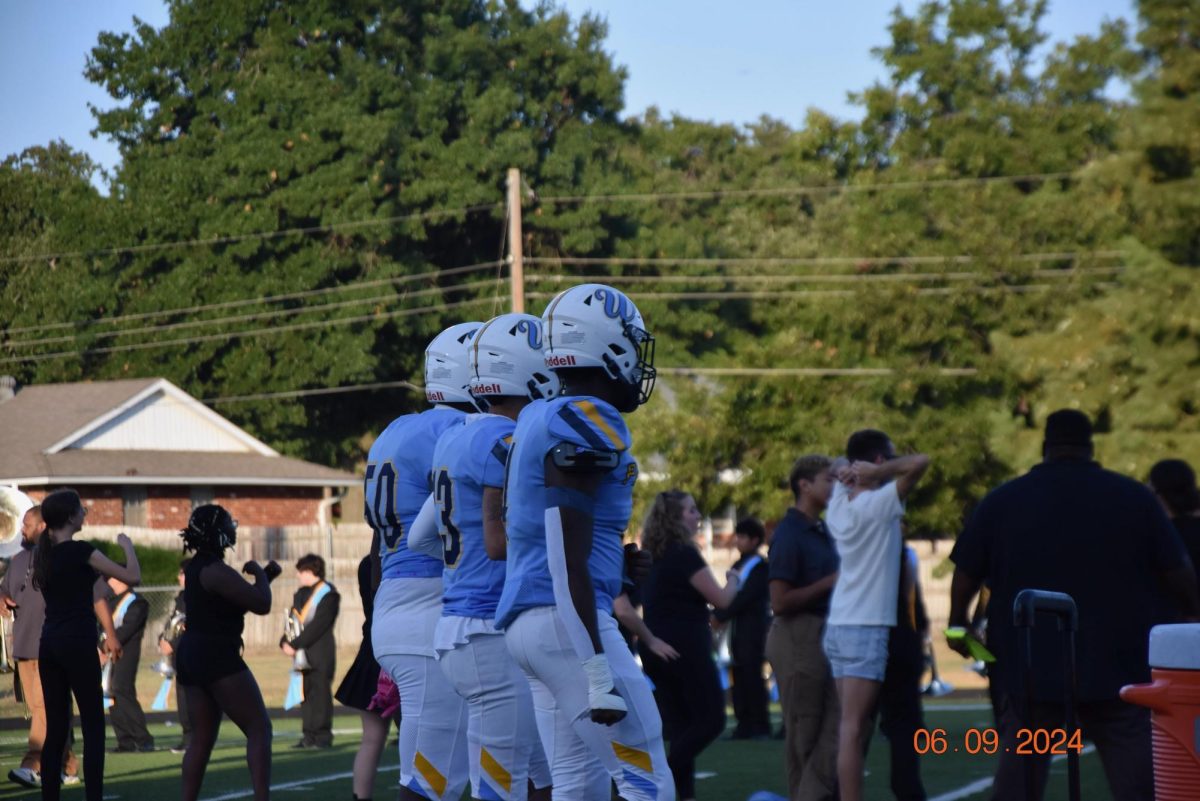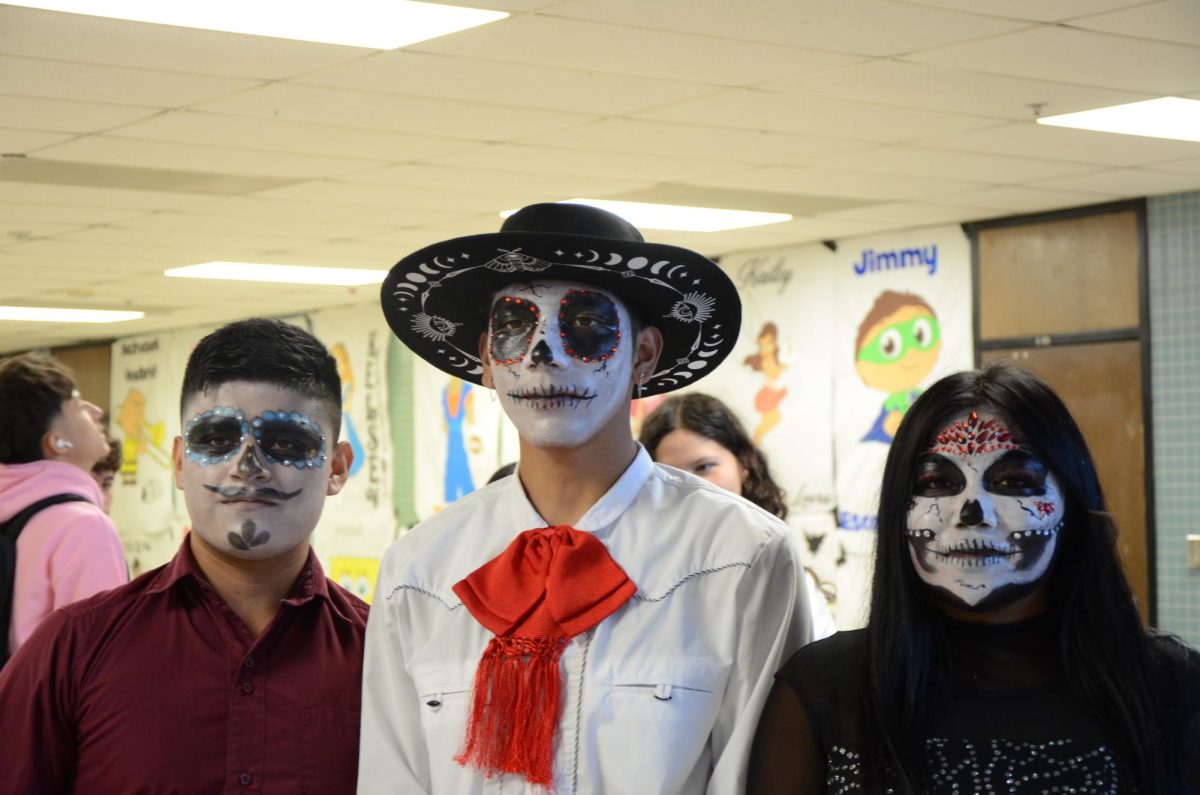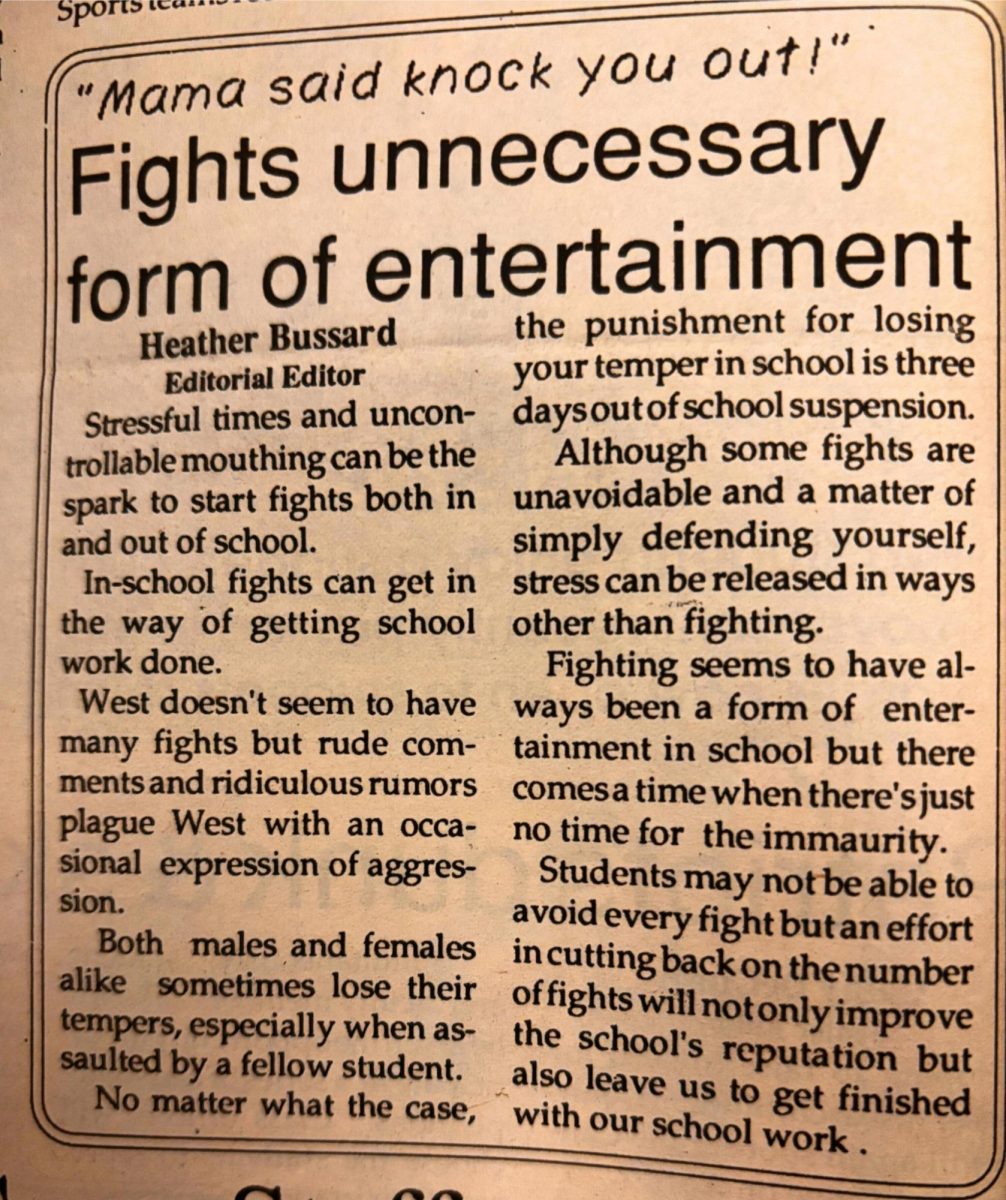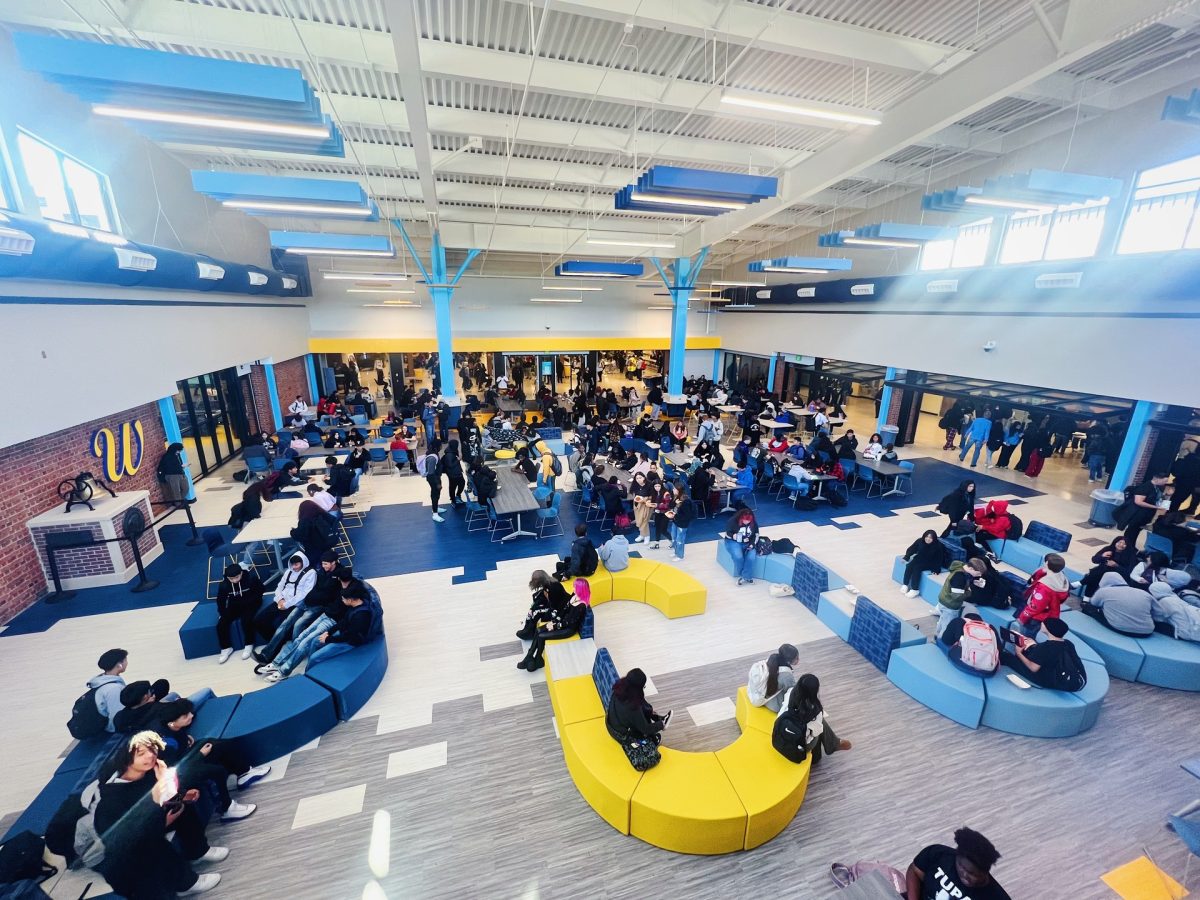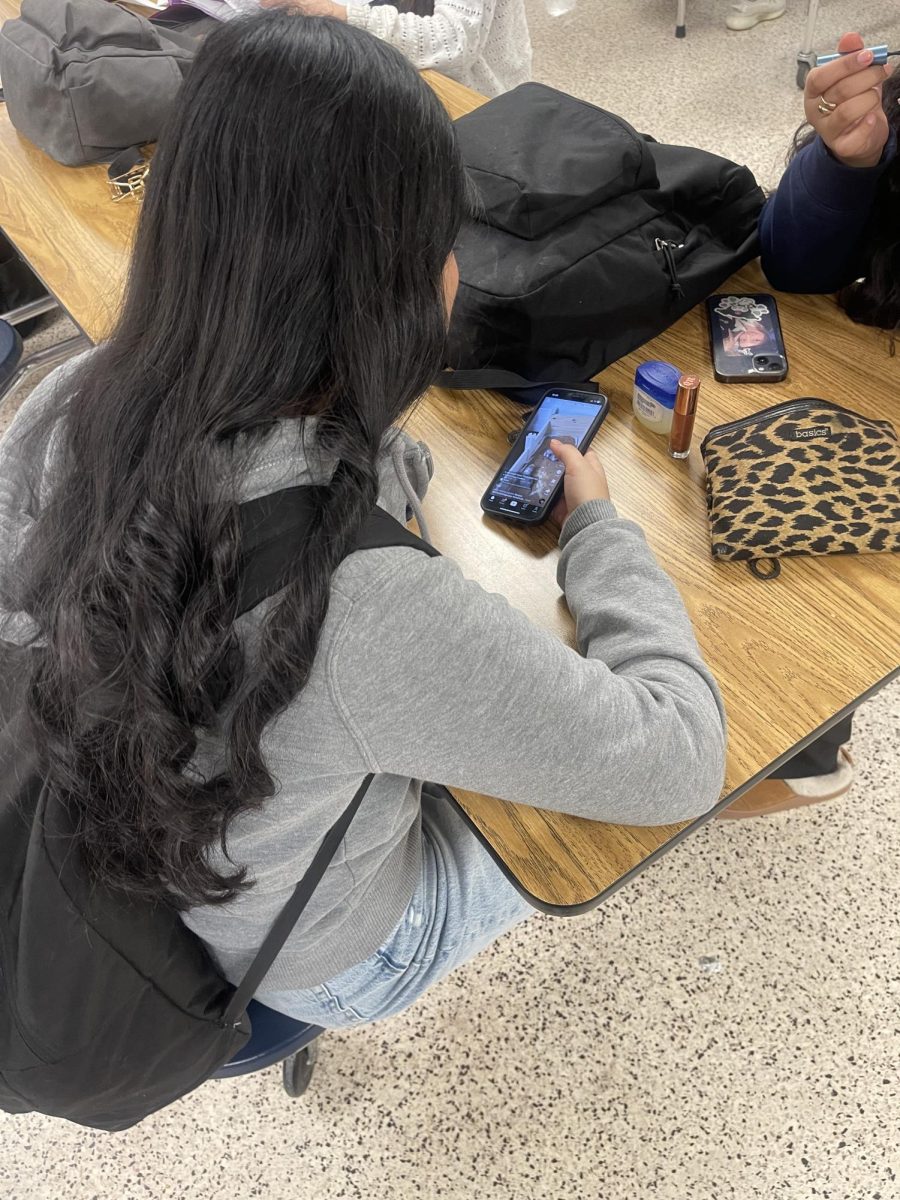
On January 18, around 10 p.m., TikTok’s servers were shut down across the U.S., leaving millions without access to the popular app. However, the ban lasted only 12 to 14 hours before TikTok was restored.
During the brief outage, students quickly expressed their shock and frustration.
“I just can’t believe it… it’s gone,” said freshman Melvin Deleon.
With TikTok offline, many users scrambled to find alternatives. Duolingo even reported a 216% spike in users trying to learn Mandarin, as people explored Red Note, a Chinese app not yet targeted by the U.S. government.
Despite its short duration, the ban sparked conversations about the app’s significance. Some dismissed the panic, noting that TikTok was only unavailable for one night. Others, like junior Jair Monterros, saw the concern as valid.
“It was justified because many people thought they lost their main income, and a lot of kids lost their entertainment,” Monterros said.
For many, TikTok is more than just an app—it’s a source of income, a creative outlet, and a cultural phenomenon. A permanent ban could have disrupted digital careers and left influencers searching for new platforms.
While TikTok is back for now, uncertainty remains. With a 75-day pause on the ban put in place by then-President Trump, the future of the app in the U.S. is still up in the air.

